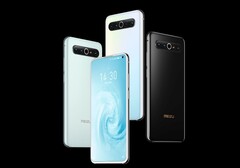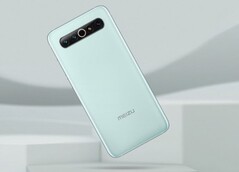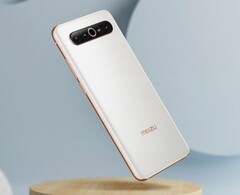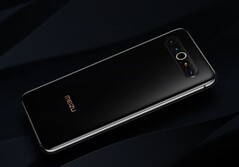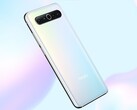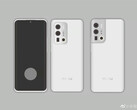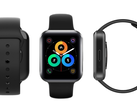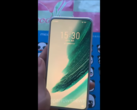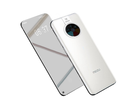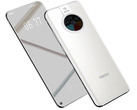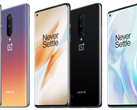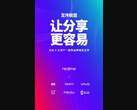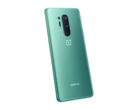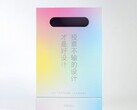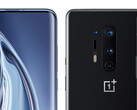After months of teasers, Meizu has finally unveiled its flagship phones for the year—the Meizu 17 and Meizu 17 Pro. The company has typically been an underdog, but the new phones are, perhaps, its most ambitious attempt yet at competing with Xiaomi in the premium segment. The spec sheet succeeds at that.
The Meizu 17 Pro and its cheaper sibling sport a 6.6-inch FHD+ Super AMOLED. For the casuals, that's an AMOLED panel made by Samsung. It's also a 90 Hz panel, much like the Mi 10 and Mi 10 Pro. Touch sampling is an impressive 180 Hz, and the display goes up to 1100 nits. Meizu claims a 92.2% screen-to-body ratio, although we're more interested in the white bezels the phones sport.
Aspect ratio is a sensible 19.5:9, and the phones incorporate an interesting punch-hole. Samsung led the punch-hole race last year and the Galaxy S10 sported holes at the top right corners of their displays. Since then, other brands have copied the style but typically placed the holes on the left side. The Meizu 17 siblings are Galaxy S10-esque, however, and their punch-holes reside on the right side of the display. Goig by the renders, the holes are a lot smaller than one would expect, but reality is often disappointing. The cutout plays host to 20 MP selfie cameras on the two phones.
Both phones have the same main camera; a 64 MP Sony IMX686. The secondary shooters are different, however. The Meizu 17 Pro sports the more impressive array, as the 64 MP sensor is joined by an 8 MP Omnivision OV08A10 f/2.4 lens offering 3x optical zoom, and an ultra-wide-angle 32 MP Sony IMX616 lens. The final sensor is a Samsung 33D ToF sensor.
The regular Meizu 17's setup is much less impressive. For one, the telephoto lens is missing entirely. In its place is what Meizu calls a "Sub-photograph" shooter, which is just an IMX362 sensor. That's the sensor Google used on the Pixel 2. Interestingly, the lens' equivalent focal length is unspecified, so we have no idea what it does. The ultra-wide-angle shooter is an 8MP Samsung 4H7. The fourth camera here is a 5 MP Samsung 5E9 macro shooter.
Under the hood, both the Meizu 17 and 17 Pro feature a Snapdragon 865, supported by up to 12 GB of LPDDR5 RAM and 256 GB of UFS 3.1 storage. Both phones support 30 W wired charging, and the 17 Pro goes one step further with 27 W wireless charging. A stereo speaker setup is standard, as well as an in-display fingerprint reader which Meizu claims to be able to unlock the phone in a blazing 0.15s. There's no 3.5mm headphone jack, sadly.
The two phones run on the Android 10-based Flyme 8.1. As we've pointed out with previous devices in the series, software is likely the issue with these phones. Flyme is, perhaps, the most divisive skin out there, and Meizu has an awful track record with OS updates. With updates in general, especially outside China.
Pricing is as follows:
- Meizu 17 (8/128 GB): CNY 3699 (US$522)
- Meizu 17 (12/256 GB): CNY 3999 (US$565)
- Meizu 17 Pro (8/128 GB): CNY 4299 (US$607)
- Meizu 17 Pro (12/256 GB): CNY 4699 (US$664)
The Meizu 17 series targets the Mi 10 and OnePlus 8 series, and is mostly successful. The duo undercut the Mi 10, Mi 10 Pro, OnePlus 8, and OnePlus 8 Pro by about US$100 across the board, and yes, we're only considering Chinese market MSRPs.
The Meizu 17 Pro is a solid alternative for those who aren't looking to shell out too much for a premium phone with a premium spec sheet. The only phone that offers a better spec sheet for money at the moment is the Redmi K30 Pro Zoom Edition, and it all comes down to which you prefer: a 3.5mm jack or a 90 Hz display.




